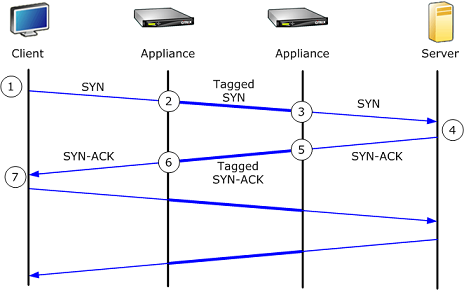This content has been machine translated dynamically.
Dieser Inhalt ist eine maschinelle Übersetzung, die dynamisch erstellt wurde. (Haftungsausschluss)
Cet article a été traduit automatiquement de manière dynamique. (Clause de non responsabilité)
Este artículo lo ha traducido una máquina de forma dinámica. (Aviso legal)
此内容已经过机器动态翻译。 放弃
このコンテンツは動的に機械翻訳されています。免責事項
이 콘텐츠는 동적으로 기계 번역되었습니다. 책임 부인
Este texto foi traduzido automaticamente. (Aviso legal)
Questo contenuto è stato tradotto dinamicamente con traduzione automatica.(Esclusione di responsabilità))
This article has been machine translated.
Dieser Artikel wurde maschinell übersetzt. (Haftungsausschluss)
Ce article a été traduit automatiquement. (Clause de non responsabilité)
Este artículo ha sido traducido automáticamente. (Aviso legal)
この記事は機械翻訳されています.免責事項
이 기사는 기계 번역되었습니다.책임 부인
Este artigo foi traduzido automaticamente.(Aviso legal)
这篇文章已经过机器翻译.放弃
Questo articolo è stato tradotto automaticamente.(Esclusione di responsabilità))
Translation failed!
Auto-discovery and auto-configuration
In process called autodiscovery, Citrix SD-WAN WANOP units detect each other’s presence automatically. The appliances attach TCP header options to the first packets in each connection: the SYN packet (sent by the client to the server to open the connection), and the SYN-ACK packet (sent by the server to the client to indicate that the connection has been accepted). By tagging the SYN packets and listening for tagged SYN and SYN-ACK packets, the appliances can detect each other’s presence in real time, on a connection-by-connection basis.
The main benefit of autodiscovery is that you do not have to reconfigure all of your appliances every time you add a new one to your network. They find each other automatically. In addition, the same process allows autoconfiguration. The two appliances use the TCP header options to exchange operating parameters, including the bandwidth limits (in both the sending and receiving directions), the basic acceleration mode (hardboost or softboost), and the acceptable compression modes (disk, memory, or none). All of the information that each appliance needs about its partner is exchanged with each connection, allowing per-connection variations (for example, per-service-class variations in the allowable compression types).
Figure 1. How autodiscovery works

The autodiscovery process works as follows:
-
The client opens a TCP connection to the server, as usual, by sending it a TCP SYN packet.
-
The first appliance passes the SYN packet through after attaching a set of appliance-specific TCP header options to it and adjusting its window size.
-
The second appliance reads the TCP options, removes them from the packet, and forwards them to the server.
-
The server accepts the connection by responding as usual with a TCP SYN-ACK packet.
-
The second appliance remembers that this connection is a candidate for acceleration and attaches its own acceleration options to the SYN-ACK header.
-
The first appliance reads the options added by the second appliance, strips them from the packet header, and forwards the packet to the client. The connection is now accelerated. The two appliances have exchanged the necessary parameters through the option values, and they store them in memory for the duration of the connection.
The connection is accelerated, and the acceleration is transparent to the client, server, routers, and firewalls.
Share
Share
In this article
This Preview product documentation is Cloud Software Group Confidential.
You agree to hold this documentation confidential pursuant to the terms of your Cloud Software Group Beta/Tech Preview Agreement.
The development, release and timing of any features or functionality described in the Preview documentation remains at our sole discretion and are subject to change without notice or consultation.
The documentation is for informational purposes only and is not a commitment, promise or legal obligation to deliver any material, code or functionality and should not be relied upon in making Cloud Software Group product purchase decisions.
If you do not agree, select I DO NOT AGREE to exit.